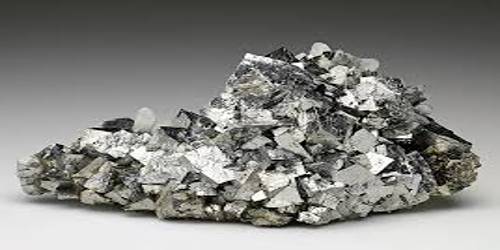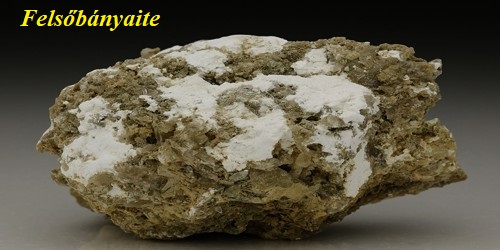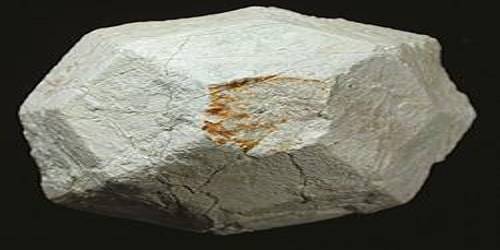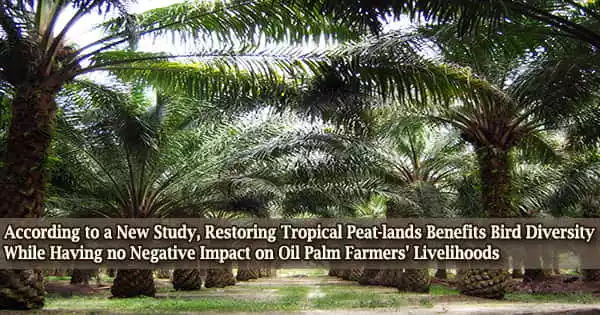Arsenopyrite is an iron arsenic sulfide (FeAsS). It is the most prevalent mineral containing the element arsenic. It is an iron arsenic sulfide mineral which is the most common arsenic-bearing mineral found worldwide. The mineral was named for the presence of arsenic in its composition.
Arsenopyrite makes attractive mineral specimens as well. It’s well-formed crystals show a distinct and interesting crystal form. The crystal habit, hardness, density, and garlic odor when struck are diagnostic. It also can be associated with significant amounts of gold. Consequently, it serves as an indicator of gold-bearing reefs. Many arsenopyrite gold ores are refractory, i.e. the gold is not easily cyanide leached from the mineral matrix.
Arsenopyrite is found in high-temperature hydrothermal veins, in pegmatites, and in areas of contact metamorphism or metasomatism.
General Information
- Category: Sulfide mineral
- Formula: FeAsS
- Crystal system: Monoclinic
- Crystal class: Prismatic (2/m).

Properties
Arsenopyrite exhibits distinct cleavage and brittle fractures as displayed by glasses and most non-metallic minerals. The mineral can be formed as prismatic or euhedral crystals. The density of arsenopyrite is 6.07 g/cm3, and its hardness is 5. With 46% arsenic content, arsenopyrite, along with orpiment, is a principal ore of arsenic. Color: Steel grey to silver white.
- Crystal habit: Acicular, off-square prismatic, stubby; striated; also compact, granular, columnar
- Fracture: Subconchoidal to rough
- Tenacity: Brittle
- Mohs scale hardness: 5.5 – 6
- Luster: Metallic
- Streak: Black
- Diaphaneity: Opaque
- Specific gravity: 5.9 – 6.2
When deposits of arsenopyrite become exposed to the atmosphere, usually due to mining, the mineral will slowly oxidize, converting the arsenic into oxides that are more soluble in water, leading to acid mine drainage.
Occurrence
Arsenopyrite occurs in pegmatites, high-temperature gold-quartz, and tin veins. This mineral can be also observed in contact metamorphic sulfide deposits, gneisses, schists and other metamorphic rocks. It is closely associated with cassiterite, scheelite, gold, galena, chalcopyrite, pyrite and pyrrhotite.
Information Source;
















